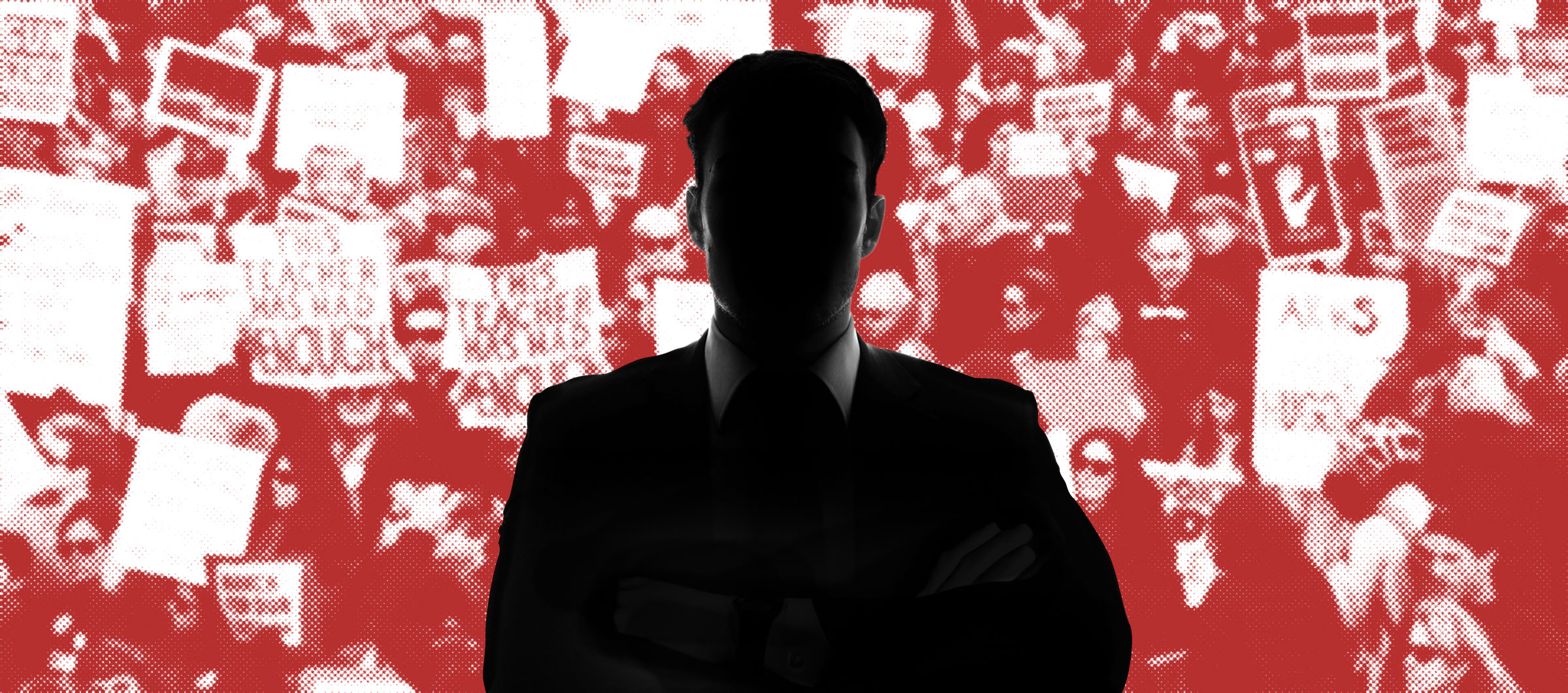
Healthcare communications is not a thing that is done, it’s a conversation to host. How do you ensure that the message is delivered and received?
Read More
Subscribe to Our Thinking, valuable insights for healthcare execs, communicators and marketers.






